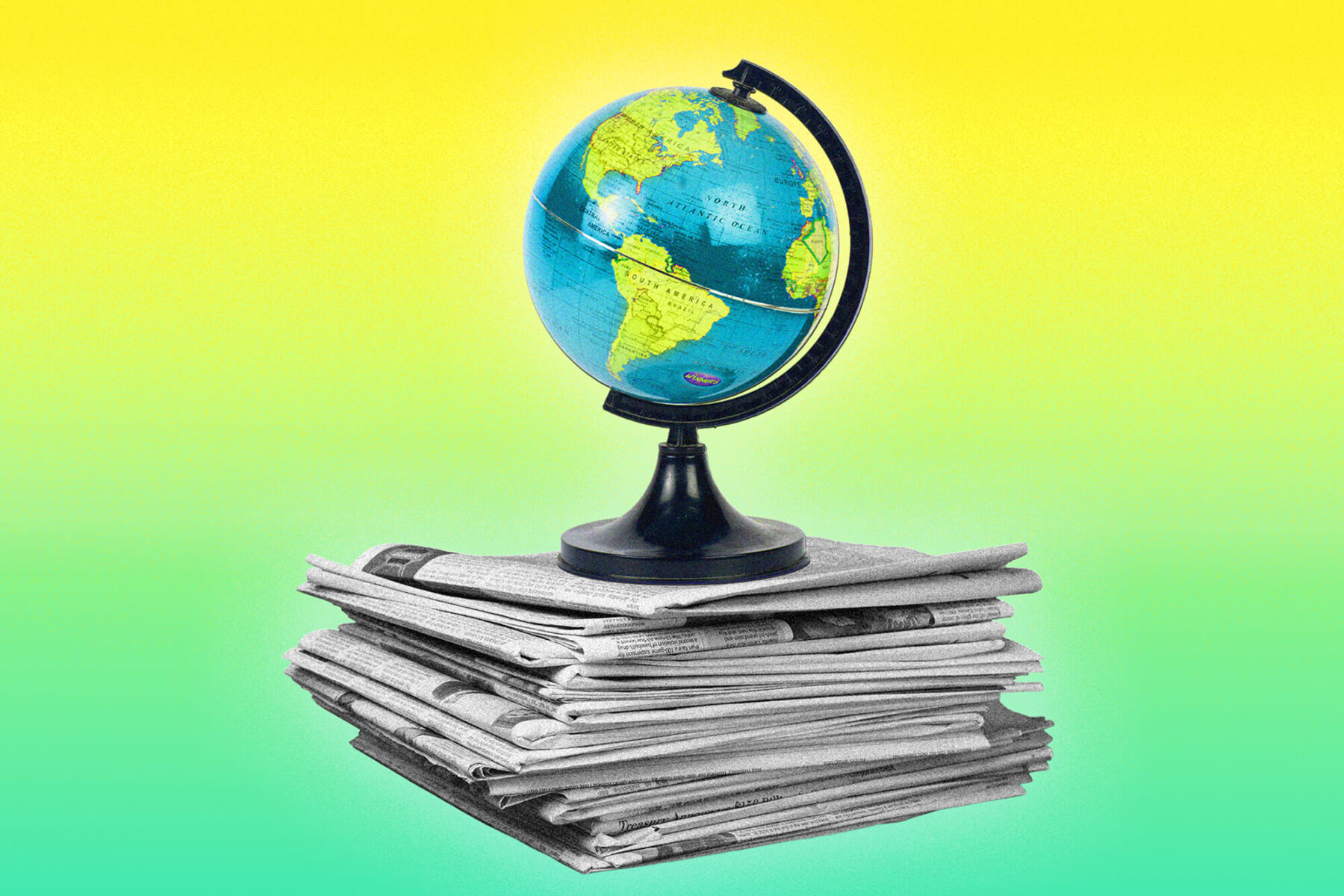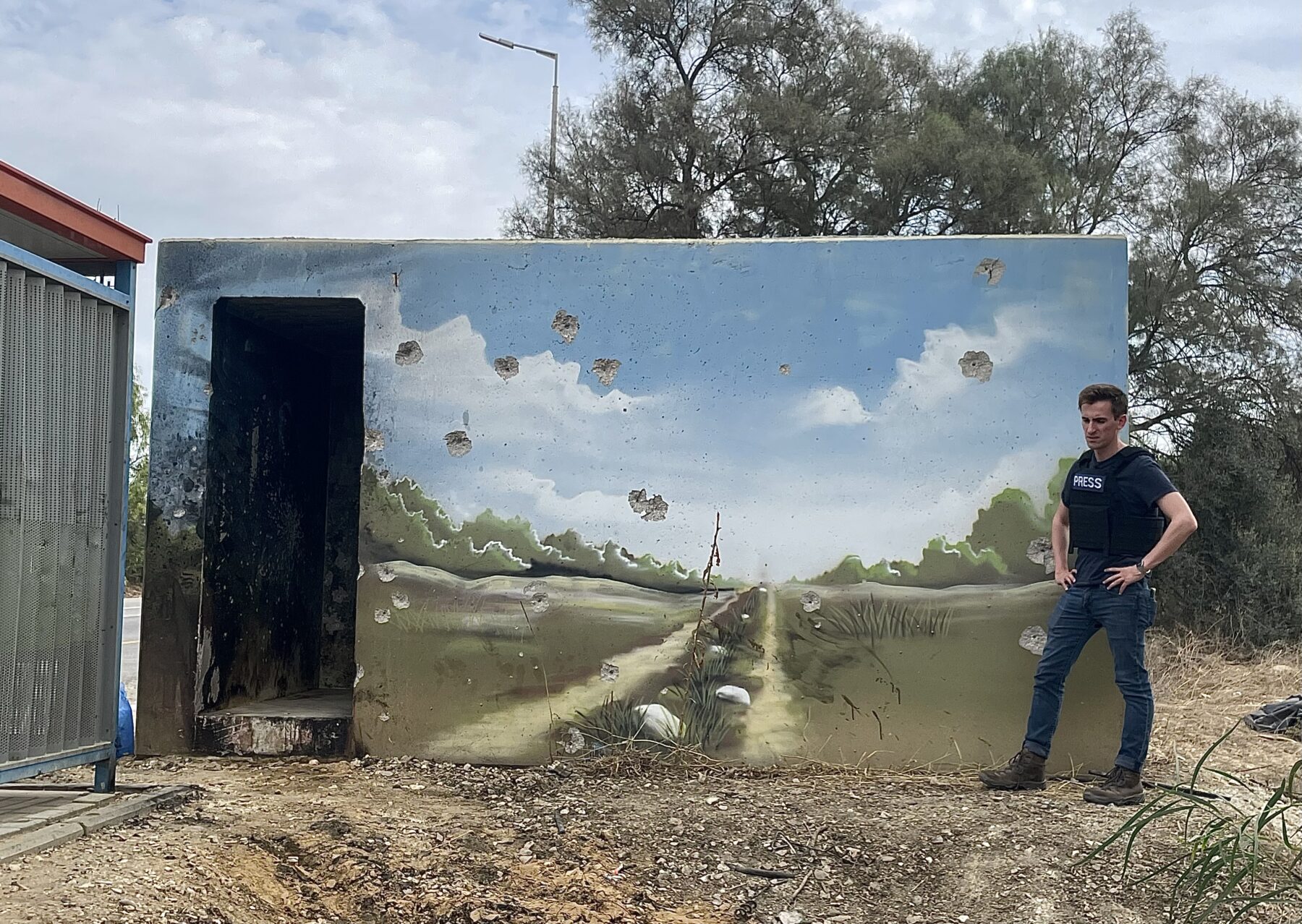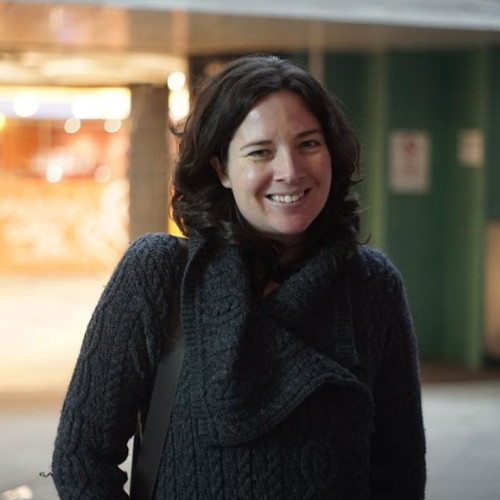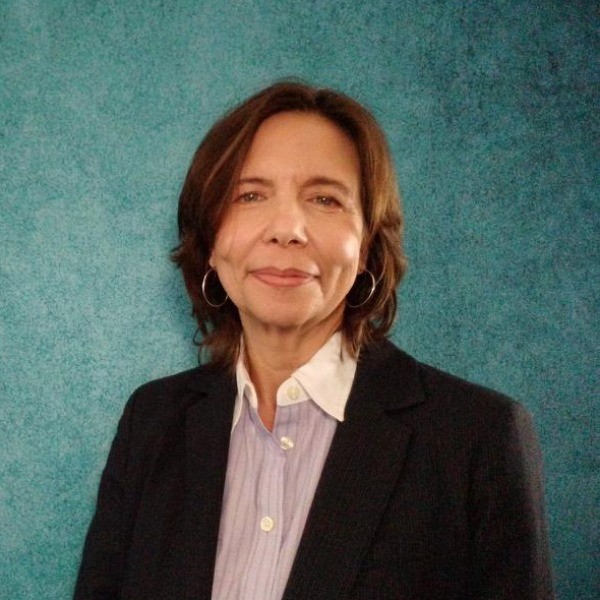
What’s happening on the other side of the world can affect you personally. The price of your smartphone is closely connected to global power struggles, like tariffs, sanctions and trade restrictions. Much like the intensity of the heat wave you may have experienced this summer is linked to greenhouse gas emissions around the planet. It’s why journalists can’t just be familiar with a single beat or location — they need to understand the world at large.
“I am lucky I grew up aware of world events,” said NBC News senior coordinating producer Erika Angulo. “Every story I read, whether it was from Nigeria or Colombia or the U.S., seemed important from my young perspective.”
As a journalist, a global perspective provides a compass. Demanding nuanced storytelling, connecting local events to global issues and challenging your own assumptions can reinforce accountability in an era defined by complexity and rife with misinformation.
But how do you stretch your worldview without a passport? It all starts with curiosity. I spoke to NBCU News Group journalists about how to cover the whole world when you can’t leave your desk.
Do your research
Advance research can make your story more enriching and responsible. When covering a news event in a country you’re unfamiliar with, start gathering basic background on the area’s political system, its recent history and its key institutions. If relevant, what is the region’s stance on environmental issues? Or domestic policy?

NBC News foreign correspondent Raf Sanchez said he follows local journalists, media outlets, and activists on the ground to get a better idea of what’s happening. “Even if you don’t speak the language, you can get a sense of what the local conversation is about by using translation apps and seeing what people are posting,” he said.
For example, without traveling to Sudan, how can one report on the country’s civil war? Journalists can get death tolls and conflict zones from Sudanese and regional outlets like Radio Dabanga and Al Jazeera, and have it corroborated by U.N. data and satellite imagery. Beyond battle zones and ceasefires, look for the underreported narratives such as women’s access to maternal health. United Nations Fund for Population Activities emergency reports or first-person accounts from displaced Sudanese women in local news outlets are a good way to understand what is happening on the ground.
Of course, not all sources are credible or should be weighted the same. Consider bias in media outlets regulated by the government versus an independent press. Angulo, who regularly travels to conflict zones, said it’s important to look at sources from different parts of the world to understand how a certain event is being viewed and reported, keeping in mind bias and credibility.
“Read the ‘world’ sections of main U.S. newspapers online,” she said. “Scan through several top news sites abroad, including U.K. sources like Daily Mail and BBC, as well as several Latin American outlets like Infobae and Milenio.”
Know what you don’t know
If you are working on a story about conflict abroad, there are often many layers to untangle and explain, which can be overwhelming. Pause and mark what you don’t know. Write down what you think every group involved wants and fears could happen. And always ask: What impact does this have on the everyday person? Whose pain is least visible?


Angulo suggests talking to experts and those affected to gain perspective. For example, if reporting on child labor in informal economies, an expert may explain economic policy or labor law failures, while a working child or parent may reveal why informal work feels like the only option for them and how these policies or aid programs affect their daily lives. Sanchez also offers a practical tip if you’re not in the region: “Almost the entire world – except the U.S. – uses WhatsApp for texting.”
If you’re interested in covering a region, do research when news isn’t breaking. This includes looking into its culture beyond headlines and bylines. “Explore foreign films, television series and music,” said Jennifer Jett, NBC News’ digital editor for Asia, who coordinates news coverage for over 50 countries and more than half the world’s population. “Attend lectures and other events at local universities or online, where you can hear from experts about global issues. Learn another language, as that will open the world to you in so many ways.”
Some of the most powerful learning happens when it’s playful, visual or immersive, she said. For example, a simulation game like En-ROADS climate simulator, by Climate Interactive and the MIT Sloan Institute, lets you craft, test and visualize climate policy to understand how nations approach the topic.
Listen and don’t judge
Being nonjudgmental about other cultures doesn’t mean suspending all critical thought. It means approaching differences with empathy and humility. Learn to practice cultural relativism — the idea that beliefs, values and norms should be understood in their own context and not judged by other standards.
Take a statement like “arranged marriage is basically the same as forced marriage.” This reaction reflects Western values about autonomy, love and freedom. However, family, choice and partnership are often understood differently in other cultures. Arranged marriage is common in South Asian, Middle Eastern and East African countries; forced marriage exists globally, including in Western cultures, and can involve minors, emotional manipulation and control over women’s sexuality or economic mobility. But even the harshest examples should not lead to the stigmatization of entire cultures or the assumption that every arranged marriage is abusive.
The same goes for preconceived narratives. In some cases, “rescue” stories have worsened women’s lives. After 9/11, a photo of a mutilated Afghan woman, under the headline “What Happens if We Leave Afghanistan,” was widely criticized for becoming a justification for why the U.S. should remain militarily involved. Afghan human rights activists said the framing ignored the violence she experienced was not just “cultural” but linked to war, displacement and broken justice systems. Instead, talk to local organizations to learn more about the complexities of an issue.
And if you can travel, do! Capturing tiny human moments can also tell a story: a mother’s hands shaking as she says goodbye, the steam rising from a teacup in a war zone, children’s laughter in a refugee camp. These details reveal life in a way that facts alone can’t reach.
Get a gut check
In the end, you don’t always have to travel far to get insight. Seek out colleagues in the newsroom who have deeper familiarity with a particular region, language or cultural context. If you’re covering protests in Iran, a colleague may know the role of gender norms in public spaces. When writing about migration through Latin America, a colleague with ties there might suggest more accurate framing of border dynamics or flag sensational language. This step is especially important when covering communities you’re not part of — it builds accuracy, trust and respect in the reporting process.



